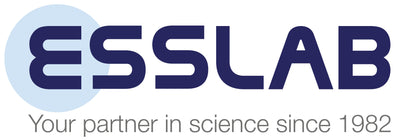Linearity Slope Variance
- Home
- Linearity Slope Variance
- Inorganic Ventures Tech Centre
- Technical questions answered
- Measurement and Results
- Linearity Slope Variance
Advice By Paul Gaines, Ph.D
Lorraine's team had done a linearity study from low to high concentrations of different metals. The slopes were recorded for 0:10, 0:20, 0:50, 0:100, and 0:150 ppb. She contacted Paul requesting literature recommending the maximum allowed % difference between the slopes before data calculations became compromised or biased.Each analyst has to ask, "What is the purpose of the method and what variance is allowable?" As we focus upon the purpose of the method, we begin to define what deviation can be allowed (i.e., we begin to define boundaries based upon the purpose of the method). The method validated should always consider the concept, 'fit the purpose', and these criteria are then defined as part of the method validation process.
I know of a commercially available program that might help. This program computes various statistics related to gauge linearity and accuracy. The output includes:
- The fitted regression line and R-squared for Bias vs. Master Value
- Mean Bias for each Master Value
- A scatterplot of the Bias Values vs. the Master Values with the Bias Means and the regression line plotted
- The Gage Linearity statistics: Linearity and % Linearity
- The Gage Accuracy statistics: Bias and % Bias
- A bar chart of % Linearity and % Bias
The program I'm referring to is the STATISTICA Base program.
Serving you in chemistry,
Paul R. Gaines, Ph.D.
CEO of Inorganic Ventures
DISCLAIMER: Advice offered by the chemists at Inorganic Ventures is intended for the individual posing the question.
-
WHAT ARE YOU LOOKING FOR?Search
- Login / Register
- Reference Materials
- Liquid Handling
- Chromatography and Spectroscopy
- Testing
- Labware
- Resources
- Wishlist (0)
- Compare (0)
- Contact Us
